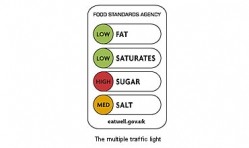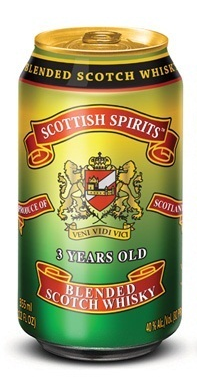Green, amber or red for alcohol traffic lights

European Parliament is set to vote tomorrow on an amended proposal for food information regulation, which includes mandatory labelling of fat, saturates and carbohydrate levels. Concerned parties are at odds whether the requirement should extend to alcoholic beverages.
Green light
Irish MEP Nessa Childers said: “The EU and individual Members States must be armed with as many tools as possible to fight this growing public health catastrophe.”
As a result she said “alcohol producers should be compelled to label their products for calories and sugar too”.
The Labour MEP pointed to a survey conducted by the Food Safety Authority of Ireland last December that found over 80 per cent of consumers want health advice regarding the consumption of alcohol labelled on alcoholic products.
Childers considered the traffic light system clearer than the GDA model adopted by many leading supermarkets which rely on percentages.
Red light
Wine and Spirit Trade Association spokesperson Gavin Partington told BeverageDaily.com that a traffic light system would send the wrong signal to young people when making decisions about alcoholic products.
He warned that it would be inappropriate for consumers to make choices based upon calorie content and added that the issue had cropped up under the last Labour administration – and that it was a “very short conversation” once it was pointed out that the “the traffic lights system would produce three green lights for vodka”.
Stuck on amber
The EU position meanwhile remained vague and undecided.
In its original pre-amended proposal set for Strasbourg’s vote, the European Commission noted “there is a legal limbo concerning ingredient listing of alcoholic beverages”.
The report stated that member states would be able to derogate from mandatory nutritional labelling in the case of wine spirits and beer as guidelines are already in place under an earlier EC directive on wine labelling regulations.
But on closer inspection, the 1999 directive made little reference to nutritional labelling and pertained specifically to wine products. It stipulated a mandatory requirement to specify alcohol content and outlined sugar labelling specifications applicable to wine, though did not allude to the labelling of nutritional values.
The proposal said that the EU position on this matter is subject to a future European Commission Report.
Where next?
After this week’s vote by the Parliament, the European Council will have to adopt its position and the proposal will then return to the Environment committee.
It could be years before the information on packaging actually changes however. MEPs said larger companies should have three years to put the new rules into action, but companies with annual turnover or balance sheet under €5m would have five years.





